Saint Martin et ses voisins
Today I want to tell you how you can visit five islands and three countries with one airplane ticket. It’s the archipelago (I like that word) of Saint Martin and its neighbors: Saint Barthélemy, Saba and Anguilla. If you’re counting, you noticed that I only named four islands. The island of Saint Martin is actually two countries, so I’ve counted it twice.
Here’s a map of the Leeward islands. (Click on it to zoom in.) From Saint Martin, the thin blue lines show the ferry routes that connect Saint Martin with its neighbors. I love ferries. No security checks or complicated boarding procedures. Sit anywhere you like. Plenty of legroom. Assuming you don’t get seasick, boat travel is a wonderful way to travel. With frequent ferry service, these islands are an easy cluster of delights to experience and explore.

We’ll start with Sint Maarten because that’s where I started. Planes take off and land at its busy international airport every 20 minutes all day long. The runway is adjacent to popular Maho Beach packed with bars, restaurants and sunbathers. People gather here to have their hats blown off and sand blown in their faces when big jets land and take off. Really!
Although Sint Maarten is a Dutch territory, there are few elements of this island that feel like the Netherlands. This is a very international scene with beaches, bars, hotels and casinos. Everyone speaks English. Payments are in US dollars.
How international is Sint Maarten? At my hotel, the owner is Romanian. The concierge is from Belize. The housekeepers are Mexican and Brazilian. The handyman is from Mumbai. The night watchman is Egyptian. The restaurant’s maitre d’ is from Tunisia. The waitresses are from Hungary and Guyana. The chefs are from Jamaica and Dominica. The menu is pure Lebanese.
Sint Maarten’s main port of Phillipsburg is a popular cruise ship destination. During the day, the shops and restaurants are filled with cruise ship passengers. By evening, the ships sail away leaving the boardwalk quiet and considerably less crowded.
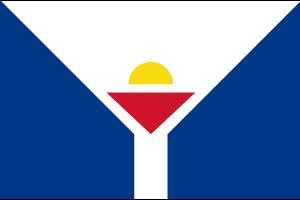
While Sint Maarten is the south side of the island of Saint Martin, the north side is French and is called Saint Martin (pronounced with a Parisian accent).
How did this island end up being shared between two European colonial powers? Legend has it that over 350 years ago, the Dutch and the French wished to divide the island in a civilized manner. It was decided that a foot race would determine how much land each nation could claim.
The French competitor would follow the coastline to the north, the Dutchman the south. Once they circumnavigated the island and met again on the other side, a line would be drawn between the starting point and the meeting point to define the border.
Both men choose beverages according to their culture: The Frenchman a bottle of bordeaux, the Dutchman a bottle of gin. Naturally, quenching one’s thirst with gin will have a more deleterious impact on one’s athletic performance than sipping wine. It’s for this reason that French Saint Martin covers two thirds of the island’s 96 km² area. Whether or not this legend is true, the Treaty of Concordia which divides this island is the world’s oldest, still-enforced international treaty.
The French side of Saint Martin feels like a little piece of France dropped down into the Caribbean. There are cafés, wine shops and boulangeries. Although I got by with US dollars, euros are the preferred currency. French is the dominant language. Some people, especially the bus drivers, don’t speak English — or so they say. French Saint Martin is a popular place to anchor. Perhaps the wine and bread are better on this side of the island. There’s lots of shopping in the little town of Marigot.
I frequented Marigot’s restaurants for excellent meals, and also its pharmacy when I needed a Covid antigen test required for visiting other islands. Voici la belle fille qui m’a administré mon test d’antigène covid.
One thing that Saint Martin is famous for is “clothing optional” beaches. Just like on the Cote d’Azur, this is the place to get your all-over tan. The name of the beach is Orient Beach. Sadly, it’s advertised on cruise ship tour offerings which leads to perhaps the wrong type of tourism.

St. Barts is a French paradise for people who can afford high-end luxury. It sounded lovely … until I checked out the AirBnB prices. (Click the map to the right to see the details.) Since St.Barts is only 45 minutes from Sint Maarten by ferry, I opted for a day trip to this island. I don’t have unlimited funds!
St. Bart’s was the headquarters of the Swedish West India Company in the 18th century, making it the only Caribbean island that was a Swedish colony for a significant length of time. The remains of three forts surround the picturesque harbor. Sweden sold the island to France in 1878. Not much happened here until the 1960s and 70s when the island became the playground for folks like Greta Garbo, Howard Hughes, Benjamin de Rothschild, David Rockefeller, Chevy Chase, Steve Martin and Jimmy Buffett.
Today, the fashionable designer shops on the waterfront look like a little 5th Avenue NYC. I suppose if you’re spending a few thousand dollars a night to sleep here, why not buy some designer handbags and a diamond necklace after breakfast. Naturally, the resorts are splendid. The beaches are manicured. There’s not a speck of garbage anywhere. My lunch of salad, beer and ice cream cost €36.

Sailing to Saba required a 90-minute cruise through rough seas with spray blowing over the top of the ferry. As we approached the island, I could see that this island isn’t like the others. It’s a huge volcanic rock with steep cliffs plunging down to heavy surf. There are no beaches. I couldn’t see any houses or a port, just rocks below and dense forests above. What sort of inhospitable place is this?!
With a population of about 2,000, it’s the smallest territory in the Americas with a year-round population. As a Dutch territory, its highest point, Mount Scenery (887m), is the highest point in the Netherlands.
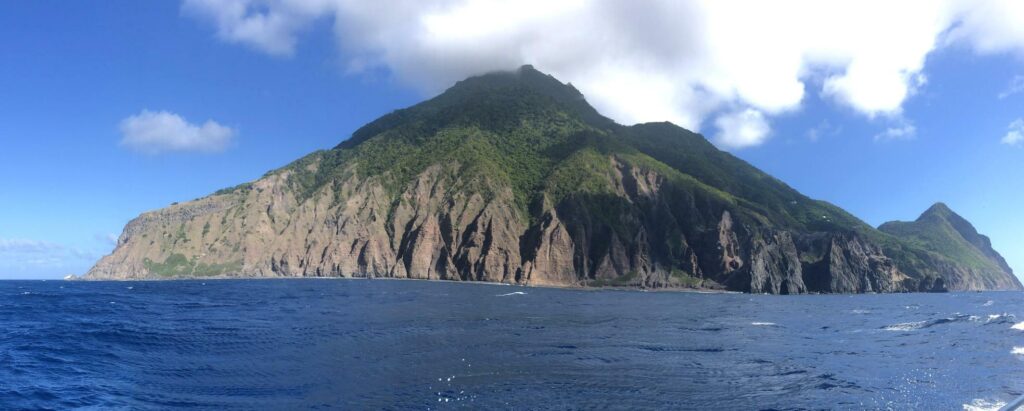
Colonizing and settling Saba was never easy because there’s no natural landing place for a boat. As the island’s coast is forbidding and steep, the island became a private sanctuary for the families of smugglers and pirates. Saba didn’t even have a jetty to accommodate passenger boats until 1972. After landing at a tiny pier carved out of a rocky cliff, I rode in a van up a 20% grade to a town hidden in a sheltered valley. The town is named The Bottom. As they like to say here, “You have to go up to get to The Bottom.”
A couple of miles past The Bottom, we came to another village, Windwardside, whose name suggests that one wouldn’t want to live on the Leeward side of this island. From Windwardside, a steep trail climbs 1064 rocky steps to the top of Mt. Scenery.
Perpetually shrouded by clouds, the summit is an Elfin Forest (cloud forest) filled with unusual ferns, orchids and other rare plants. Although there’s rarely a clear view from the peak, a monument certifies this as the highest point in the Netherlands. Tell that to anyone who says Holland is flat.
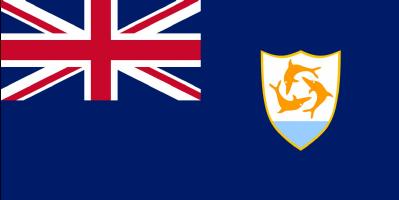
The last port of call on my Saint Martin island hopping was Anguilla, whose flag makes it clear that this is a British territory. After spending time on two Dutch islands and two French islands, it was an unexpected contrast to step off a boat into an English territory. Right away, I had to get used to cars driving on the wrong side of the road. On my first day, I almost got run over twice.
Although Anguilla is slightly larger in area than Saint Martin, it sees fewer than 10% of the tourists that visit Sint Maarten and Saint Martin each year. Its resident population is 1/6 of Sint Martin and Saint Martin combined. Consequently, Anguilla is a quiet place without the traffic and commerce that’s found on its nearest neighbor. I appreciated being someplace where roosters woke me in the morning. I slept soundly for two nights at a wonderful AirBnB..
Because it’s not full of tourists, Anguilla has an under-developed feel to it. Unlike the elegant ships that transported me to St.Barts and Saba, the public ferry from Saint Martin to Anguilla has a less seaworthy look. Good thing it was only a 20 minute ride and the seas weren’t rough!
Because there are few tourists on Anguilla, it’s easy to find a beach where the only footprints are your own.
Anguilla’s north coast is rugged and spectacular. I explored the unpaved coast roads by bicycle and found dramatic cliffs, hidden beaches and the natural bridge shown here. Although Anguilla has dozens of hotels and resorts scattered along its shores, I felt that most of the island was untouched and natural, in contrast to Sint Maarten, Saint Martin and St.Barts.
Saint Martin and its neighbors are a delightful, fascinating, exciting and easy destination. Take the ferries from island to island. Highly recommended!
Regarding current Covid requirements for visiting these islands: The rules for entering Sint Maarten, Saint Martin and St. Barts have relaxed in recent weeks. All I had to do was to show my passport and Covid vaccination card. Easy!
For Saba and Anguilla, an overnight stay required an antigen test a day prior to my arrival. As an added layer of health safety, Saba required me to apply for a “Travel Authorization.” This is an on-line multi-page form to which one’s passport, vaccination record and negative Covid test is uploaded. I did similar “Travel Authorization” applications in order to enter the Cayman Islands and Turks & Caicos. Although I initially found requirements like these to be rather annoying, I’m getting used to them the same way that I’m accustomed to taking off my shoes for airport security.
The good news is that, once you’ve got your Travel Authorization approved and the QR code loaded onto your smartphone, the customs people don’t ask very many questions. In this way, Travel Authorizations actually speed up the immigration process. For my next hop to St. Kitts & Nevis, I’ll have to do yet another Travel Authorization.
The bad news is that, because Travel Authorization applications are on-line and they involve a scannable QR code, it’s impractical to travel without a computer and/or a smartphone. I’m glad I’ve got both.
One other note about all this island hopping: I’ve now used up six pages of my passport in one month. Thank goodness I’ve still got 25 pages left.
Closing thought: A month ago before I started island hopping, I couldn’t have named more than ten Caribbean islands, and I had no sense of what’s here. By the time I’m done, I’ll know all these islands, where they are and how each one differs from the next. Traveling is the best way to learn geography.
I’m also struck by how different these islands are from Kosrae where I lived for sixteen months during the worst of Covid. These islands are worlds apart, as if on different planets. It’s amazing to me how much variety there is on this planet of ours.
Okay, now it’s time to pack my bags again and head to St. Kitts & Nevis.
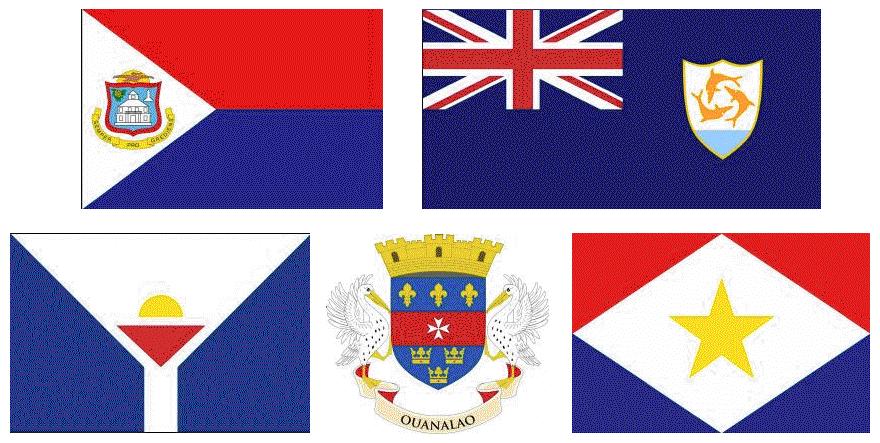




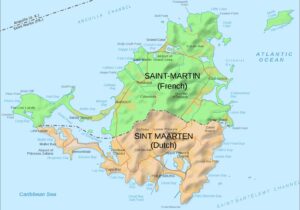
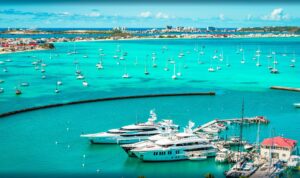
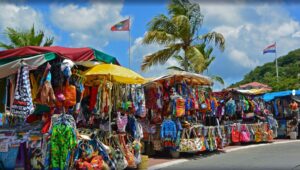

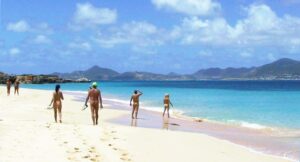


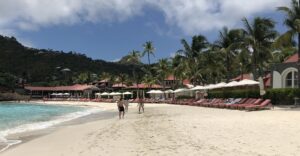

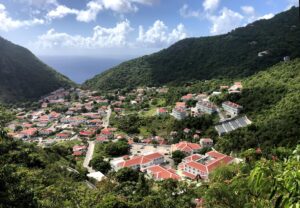
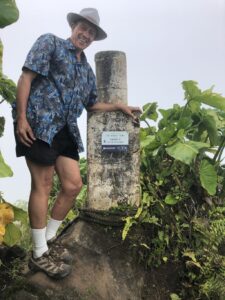
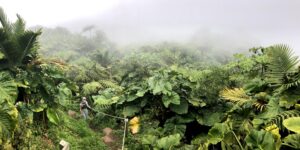
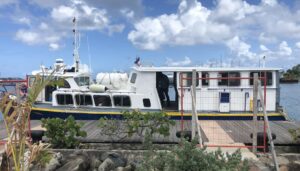

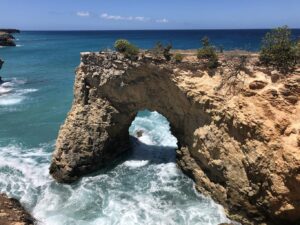
More great stuff from zoa.com! I I’m going to need an island-hopping beach vacation like that. Right now I’m in India. Plan to be in Nepal in May then back to Delhi for the Monsoon season. The good thing is I’m making progress on my book. Meeting Rolf Potts in July in Paris for a memoir writing workshop. Saving my rupees for that.
How do you decide pacing? Compared to the static Khosrae, seems like you’re moving at light speed!
Travel on, cousin Garth!